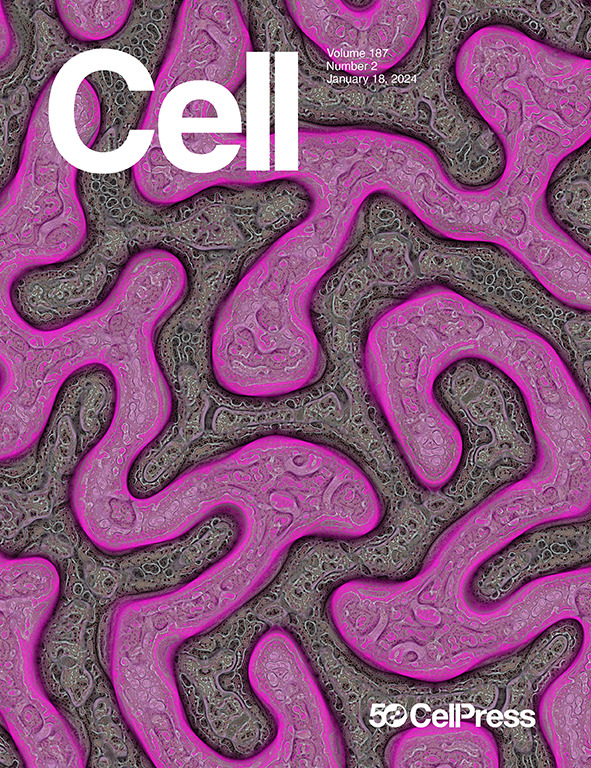适应性辐射与蚂蚁的社会进化
IF 45.5
1区 生物学
Q1 BIOCHEMISTRY & MOLECULAR BIOLOGY
引用次数: 0
摘要
蚂蚁起源于一亿五千万年前,经历了一个不可逆转的转变,变成了超级有机体的群体生活。163个蚂蚁基因组的比较分析,包括145个新生成的蚂蚁物种的全基因组序列,揭示了广泛的基因组重排与物种形成率相关。同时,保守的synsynblock富含参与基础代谢和种姓分化的共表达基因。与消化、内分泌信号、角质层碳氢化合物合成和化学接受相关的基因家族在蚂蚁祖先中扩大,而许多种姓相关的基因在蚁类祖先中进行了正选择。蜂王二态性和其他社会特征的细化和减少,在保守的信号传导和代谢途径中留下了强化或放松选择的趋同特征,表明一个核心基因集被用于多样化组织复杂性。以前未被描述的种姓发展的遗传调控因子被功能实验证实。本研究重建了社会特征的遗传基础及其在塑造种姓表型的基因调控网络中的整合。本文章由计算机程序翻译,如有差异,请以英文原文为准。

Adaptive radiation and social evolution of the ants
Ants originated over 150 million years ago through an irreversible transition to superorganismal colony life. Comparative analyses of 163 ant genomes, including newly generated whole-genome sequences of 145 ant species, reveal extensive genome rearrangements correlated with speciation rates. Meanwhile, conserved syntenic blocks are enriched with co-expressed genes involved in basal metabolism and caste differentiation. Gene families related to digestion, endocrine signaling, cuticular hydrocarbon synthesis, and chemoreception expanded in the ant ancestor, while many caste-associated genes underwent positive selection in the formicoid ancestor. Elaborations and reductions of queen-worker dimorphism and other social traits left convergent signatures of intensified or relaxed selection in conserved signaling and metabolic pathways, suggesting that a core gene set was used to diversify organizational complexity. Previously uncharacterized genetic regulators of caste development were confirmed by functional experiments. This study reconstructs the genetic underpinning of social traits and their integration within gene-regulatory networks shaping caste phenotypes.
求助全文
通过发布文献求助,成功后即可免费获取论文全文。
去求助
来源期刊

Cell
生物-生化与分子生物学
CiteScore
110.00
自引率
0.80%
发文量
396
审稿时长
2 months
期刊介绍:
Cells is an international, peer-reviewed, open access journal that focuses on cell biology, molecular biology, and biophysics. It is affiliated with several societies, including the Spanish Society for Biochemistry and Molecular Biology (SEBBM), Nordic Autophagy Society (NAS), Spanish Society of Hematology and Hemotherapy (SEHH), and Society for Regenerative Medicine (Russian Federation) (RPO).
The journal publishes research findings of significant importance in various areas of experimental biology, such as cell biology, molecular biology, neuroscience, immunology, virology, microbiology, cancer, human genetics, systems biology, signaling, and disease mechanisms and therapeutics. The primary criterion for considering papers is whether the results contribute to significant conceptual advances or raise thought-provoking questions and hypotheses related to interesting and important biological inquiries.
In addition to primary research articles presented in four formats, Cells also features review and opinion articles in its "leading edge" section, discussing recent research advancements and topics of interest to its wide readership.
 求助内容:
求助内容: 应助结果提醒方式:
应助结果提醒方式:


